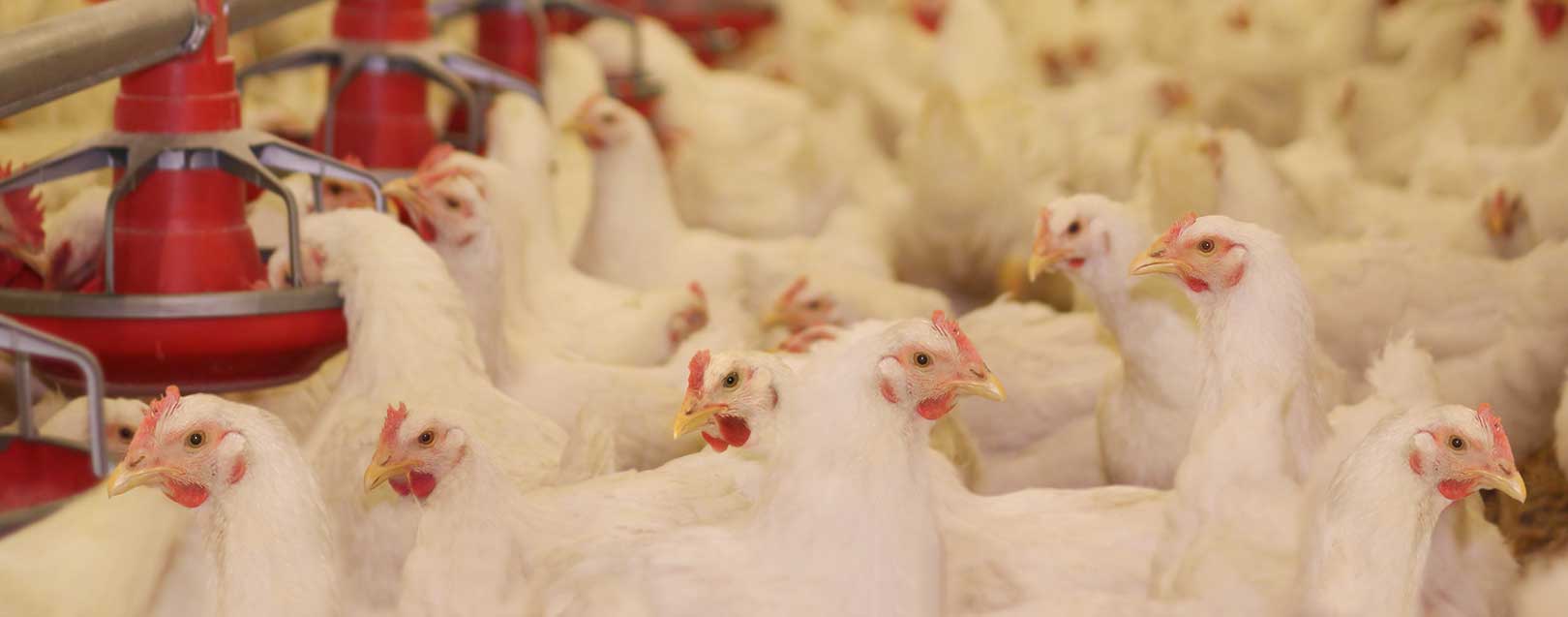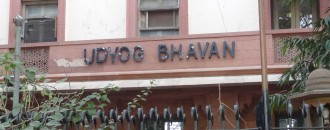
Telangana Poultry Federation Seeks 108% Anti-dumping Duty on US Imports
Sreenivasa Rao Dasari
Expressing concerns over the possible import of chicken leg pieces from the US, the Telangana Poultry Federation (TPF) has requested the Indian government to impose anti-dumping duty to safeguard the domestic poultry sector. Since Americans don’t prefer chicken leg pieces as they eat only breast part, stocks of thrown away chicken leg pieces are piling up in the US, which wants to dump these products in India, says Errabelli Pradeep Kumar Rao, President, TPF.
Speaking to The Dollar Business, Rao further said: “Import of chicken legs from USA is yet to take off. However, we have requested the Centre to impose anti-dumping duty to the extent of 108% to safeguard the domestic poultry. We are sure Indian poultry is nowhere inferior by any standard and our consumers still prefer fresh chicken meat processed in front of them. Since chicken leg pieces have no commercial value in the US, the world’s largest economy wants to dump them in our country. US poultry sector generates revenues from sales of breast parts of the chicken. If the US starts exporting chicken legs to India, it’ll disturb the Indian Poultry.”
TPF further seeks more support from the Centre and Telangana state governments to push poultry exports. Telangana poultry sector needs more subsidy to make its presence felt in the global market.
Elaborating on export prospects, Rao said: “Telangana has no port facility. Unless the government subsidizes the industry to make it competitive in the global market, we can’t export successfully. We don’t get subsidized feed as it’s done in other countries. However, we have world-class production facilities and are producing the poultry products at the most affordable price to meet the demand in rural India. The only factor that worries us is the remunerative price. We incurred heavy losses during the past 3-4 years. We request the Centre to offer 6% interest subvention and 1-2 year moratorium on rescheduling the term loans.”
Indian Poultry provides employment to about six million uneducated youth in rural areas besides giving organic manure to the extent of 8-10 million metric tonne (MMT). Per capita consumption in Telangana is 16 kgs of chicken and 188 eggs. Poultry sector consumed 14 million tonnes of maize out of the total 21 million tonnes produced in the country. The domestic poultry industry is coming of age as several players are setting up modern facilities.
Rao further adds, “We are prepared for even fresh/frozen chicken and most of the Indian poultry players have come up with ultra-modern facilities to meet the demand in that segment. The chicken legs from USA are old stock kept in cold storage for 5 to10 years. Now, the US doesn’t have space for further inventory. So, they have influenced the government to export to India.”
Margin Pressure
Soaring feed prices have further put pressure on the domestic poultry industry, which is suffering from margin pressure. Major ingredients in poultry feed are maize (50-60%) and Soymeal (15 -25%). Maize price rose over 15% to Rs.15,860/MT from Rs.13850/MT in 2015. Similarly, Soya meal price also increased to Rs31,541/MT from Rs.31640/MT in 2015.
This made poultry feed costlier by 10-20%. Moreover, this offsets the surge in egg price. Egg price is up 7% to Rs 5 from Rs3 in 2015 as against the average production cost of Rs4. The drop in the production has also led to marginal increase in egg price last year. On the other side, seasonal diseases are daunting the poultry sector.
TPF appreciated the Centre and state government for their efforts to support the industry. “Central and state governments’ support is good. Telangana state government has provided all the support as and when the poultry sector approached the Chief Minister K Chandrashekhar Rao. The government has extended subsidized maize to poultry farmers and reduced electricity tariff. Telangana government has also increased the number of eggs from two to three in mid-day meals (MDM) and 4 to 6 in ICDS schemes. It also introduced chicken in menu at BC Hostels once in week. Except the agriculture status, which is in due process, the government is doing all the possible efforts to support the poultry sector,” Rao said.
The Centre has relaxed import duty on maize and this has eased the pressure on prices to some extent. The drought conditions during the past two years have pushed maize prices up 2-3 times.
“Interest subvention of 6% and moratorium (rescheduling the term loans) for 1-2 years are in due consideration with Central government, which was kind enough to consider our request in the waiver of import duty twice on maize for 5.0 LMT each time, which has helped the entire poultry industry from traders hoarding the stock and increasing the prices in their favour,” explains Rao.
Demonetisation Impact
All the poultry products are almost sold on cash, thus the ban on higher denomination of Rs.500 and Rs.10O0 had a major impact on egg and chicken sales, which dropped by 40-50%, making the poultry farming unviable. “We have lost Re. l per egg and Rs.25-30 per kilo chicken during this period,” added Rao.
Frozen chicken segment accounts for 3 -4% of market share. Indian poultry sector is gearing up to enhance the facilities, the hygiene and quantity standards to serve the consumers in a better way.
“Indian Poultry is exporting eggs and chicken to various countries and egg trade is constant over three years and has seen a 10% CAGR increase in chicken exports. However, we are firm on our views that there is a lot to be done on the domestic front in increasing the per capita consumption from the present 67 to 180 eggs and 3.75kg to 11kg chicken meat as recommended by National Institute of Nutrition,” added Rao.
TPF is constantly following it up with the Centre to include eggs and chicken in various government meal schemes to make poultry products affordable, available and have better rural penetration. TPF promotes awareness programmes through print and electronic media to enhance the consumption levels.






 to success.
to success.